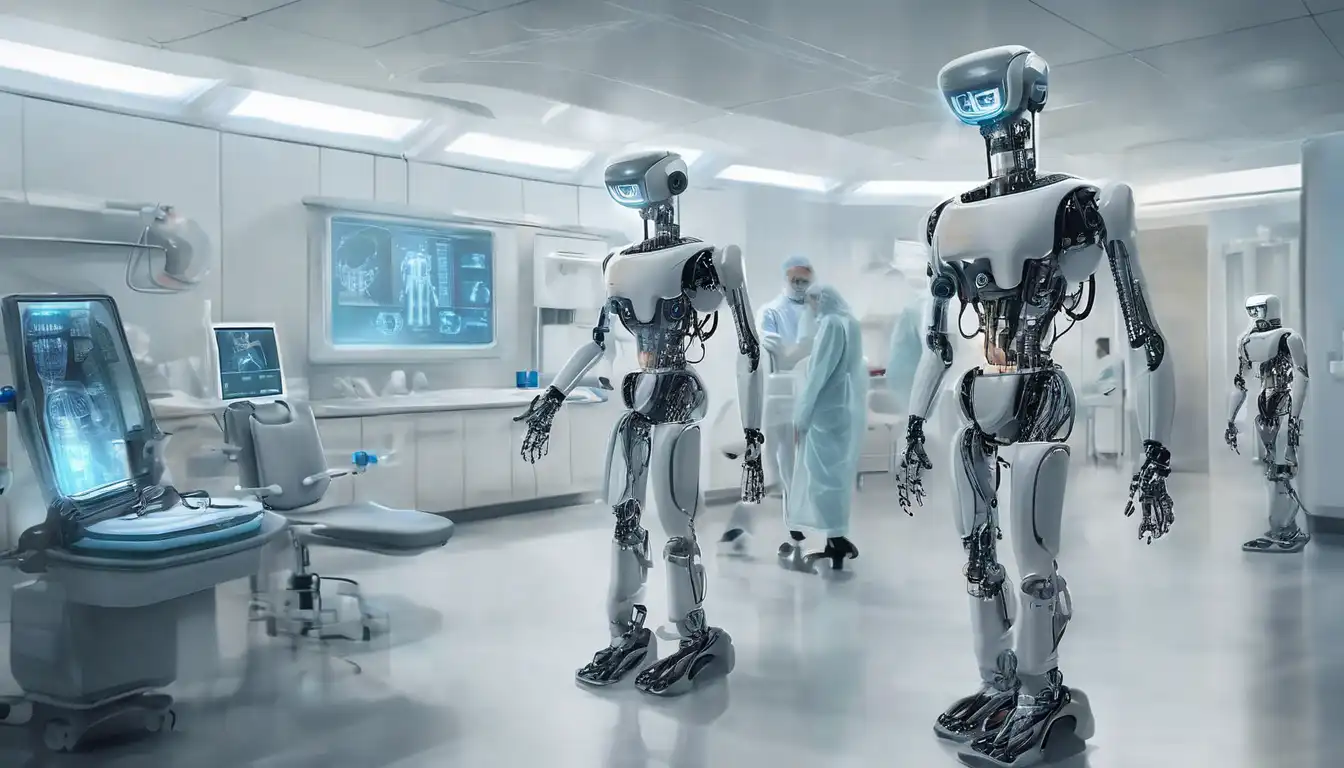The Next Era of Robotics in Healthcare
The integration of robotics into healthcare is transforming patient care, surgical procedures, and rehabilitation processes. This technological advancement is not just a glimpse into the future; it's a present reality that's reshaping the healthcare industry. From robotic-assisted surgeries to AI-powered diagnostics, the potential for robotics in healthcare is boundless.
Robotic-Assisted Surgeries: Precision and Efficiency
One of the most significant contributions of robotics in healthcare is in the field of surgery. Robotic systems, such as the da Vinci Surgical System, allow surgeons to perform complex procedures with enhanced precision, flexibility, and control. These systems minimize human error, reduce patient recovery times, and lower the risk of complications.
AI and Robotics: A Powerful Combination
Artificial Intelligence (AI) plays a pivotal role in the functionality of healthcare robotics. AI algorithms enable robots to analyze vast amounts of medical data, assist in diagnostics, and even predict patient outcomes. This synergy between AI and robotics is paving the way for personalized medicine, where treatments are tailored to the individual's genetic makeup.
Rehabilitation Robotics: Restoring Mobility
Rehabilitation robotics is another area where technology is making a profound impact. Devices such as exoskeletons and robotic prosthetics are helping patients regain mobility after injuries or strokes. These innovations not only improve the quality of life for patients but also reduce the physical strain on healthcare providers.
The Challenges Ahead
Despite the advancements, the integration of robotics in healthcare faces challenges. High costs, ethical considerations, and the need for specialized training are significant hurdles. However, as technology becomes more accessible and societal acceptance grows, these challenges are likely to diminish.
Looking Forward
The future of robotics in healthcare is bright, with ongoing research and development promising even more groundbreaking applications. From nanorobots that can target cancer cells to robotic caregivers for the elderly, the possibilities are endless. As we move forward, the collaboration between technologists, healthcare professionals, and policymakers will be crucial in harnessing the full potential of robotics in healthcare.
For more insights into how technology is transforming healthcare, explore our articles on AI in Healthcare and The Future of Medical Technology.
